Learning About Energy Through Travel
【For Educational Travel】
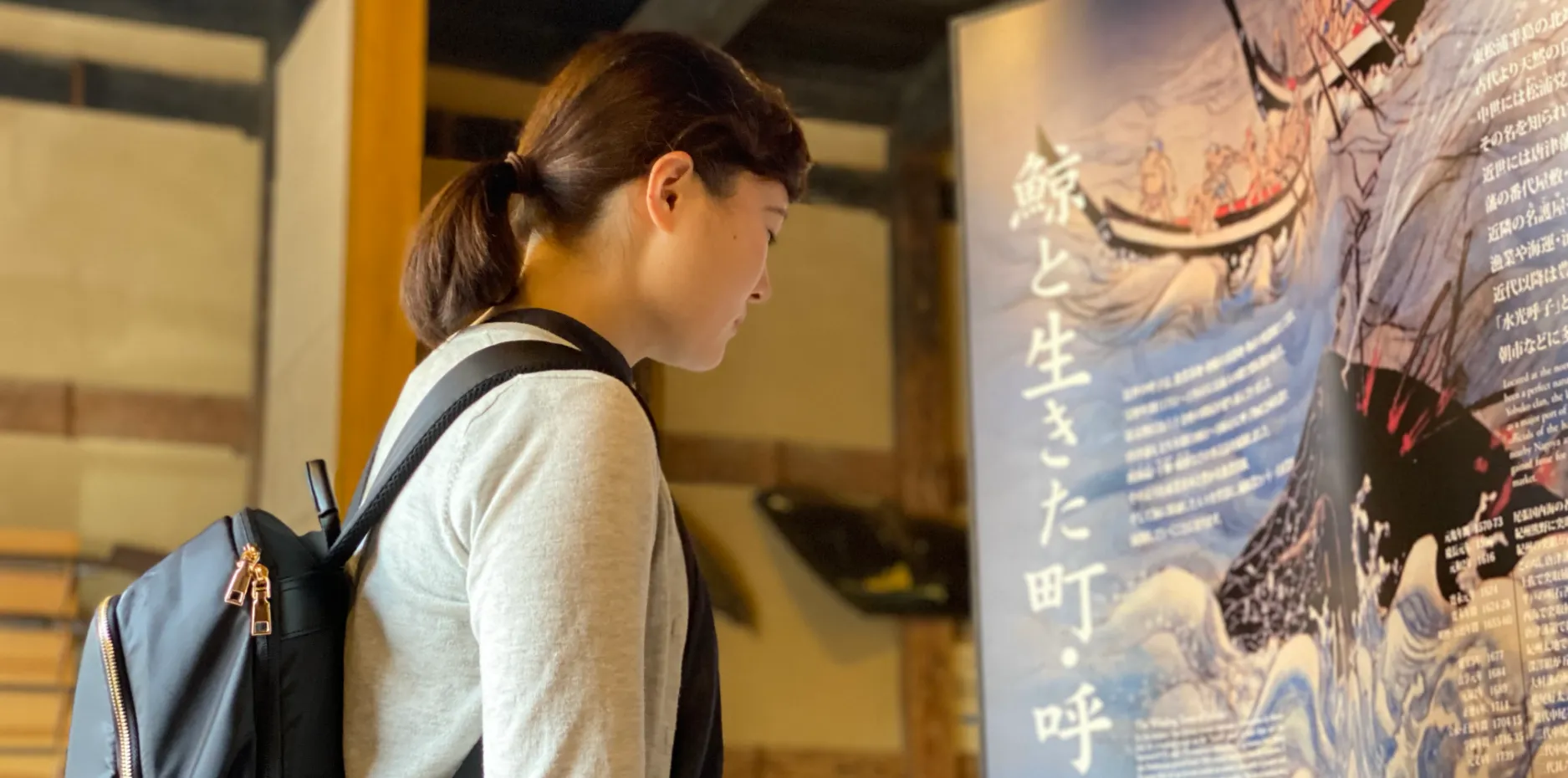


History and energy are closely related in Saga Prefecture. This model course will help you reflect upon and think about the history of energy.

Educational Tour
"This pine grove boasts strange legends, such as the story that cicadas have ceased to be heard since Hideyoshi Toyotomi scolded cicadas for their "noisiness" in the past. It is said that the pine trees were planted among a natural forest in the early 17th century by Terasawa Hirotaka, the first lord of the Karatsu domain, for the development of new rice paddies. To pass on the scenery of white sand and green pines to the next generation, they are still carefully protected by the local people through activities such as removing dead branches and cleaning up the area. "
| Address: | Saga-ken, Karatsu-shi, Higashi-karatsu ~ Hamatama-cho (Niji no Matsubara Pine Grove) |
|---|---|
| Open: | Weekdays 9:00-18:00 |
The pine needles and branches from this grove planted over 400 years ago were used as fuel for cooking and heating baths.
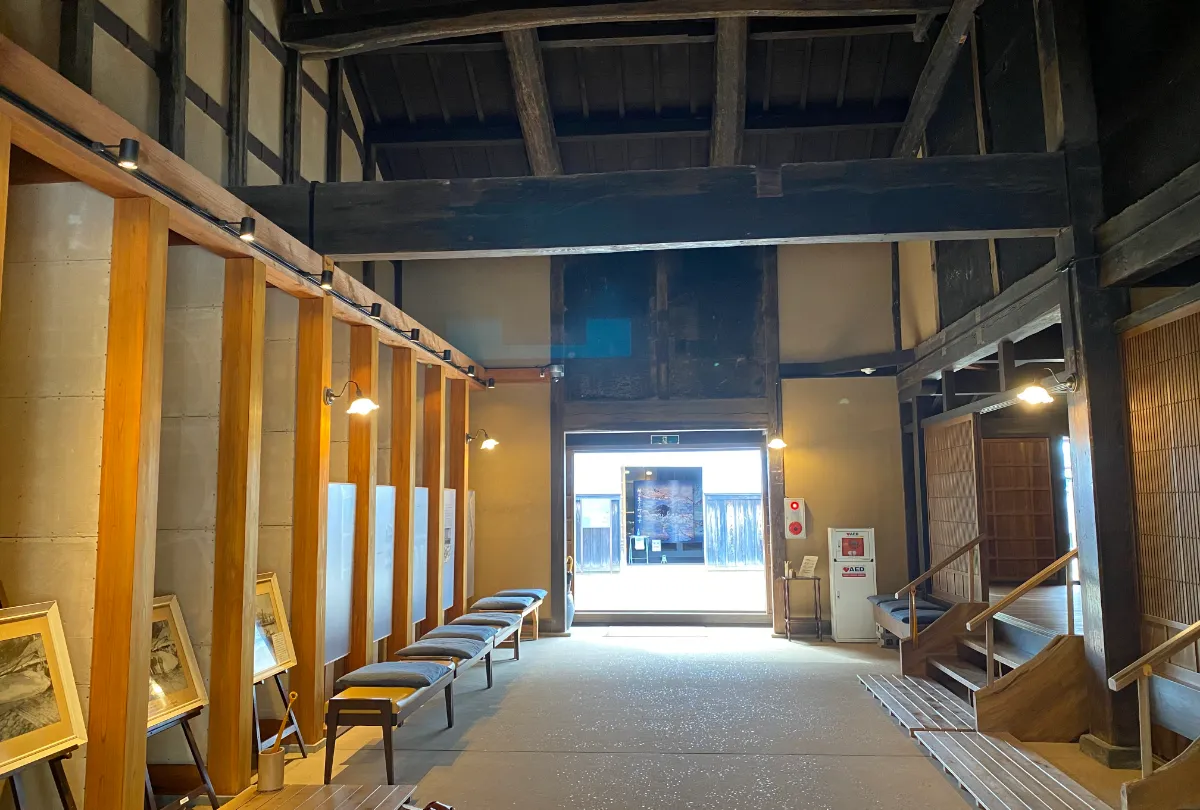
Educational Tour
This is the residence of the Nakao family, which made a huge fortune from whaling in Yobuko for 170 years over eight generations since the middle of the Edo period, and has left a significant impact on the development of Yobuko. The 250-270 year-old townhouse building, which is depicted in "Ogawa-jima Whale Watching Battle" in the waters off Yobuko during the Edo period, is a must-see. You can also learn about the history of whaling.
| Address: | Saga-ken, Karatsu-shi, Yobuko-cho Yobuko 3750-3 |
|---|---|
| Open: | 8:45-17:00 (last entry 16:30) |
| Closed: | Wed. (Thur. if Wed. is a public holiday) / New Year's Holidays (12/29-1/3) |
From 1910 to 1950, the most important purpose of whaling was to extract whale oil from whale meat, which was used as fuel oil for lamps, raw material for candles, lubricating oil for machinery, and more.
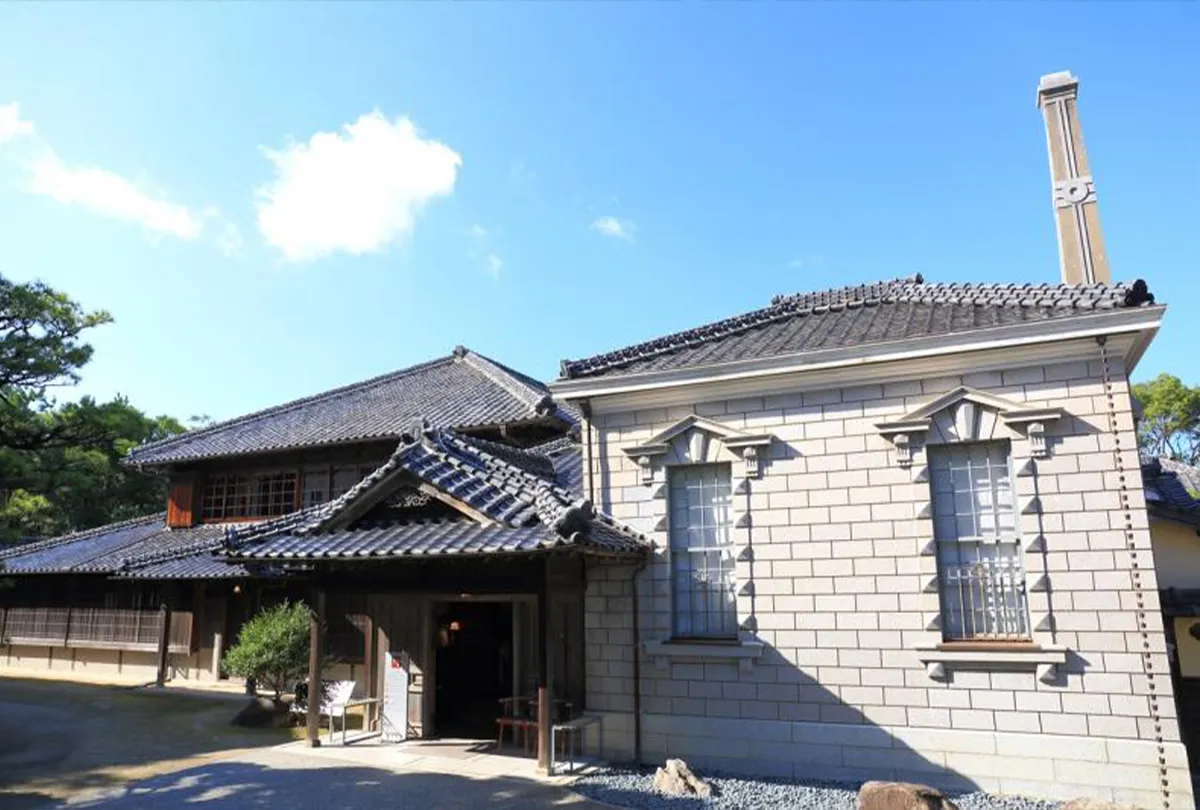
Educational Tour
The former Takatori Residence is the residence of Takatori Iko, a businessman who ran a number of coal mines including the Kijima Coal Mine. The building is characterized by modern Japanese-style architecture, with a Noh stage in the main hall and a Western-style building attached to the main building. It is designated as a National Important Cultural Property for its outstanding design, including the transom beams with reliefs of plants and molded animals, and the cedar door paintings.
| Address: | Saga-ken, Karatsu-shi, Kitajonai 5-40 |
|---|---|
| Open: | 9:30-17:00 (last entry 16:30) |
| Closed: | Mon. (Tue. if Mon. is a public holiday) / New Year's Holidays (12/29-1/3) |
It is the residence of Saga's coal king during the heyday of coal-based energy.
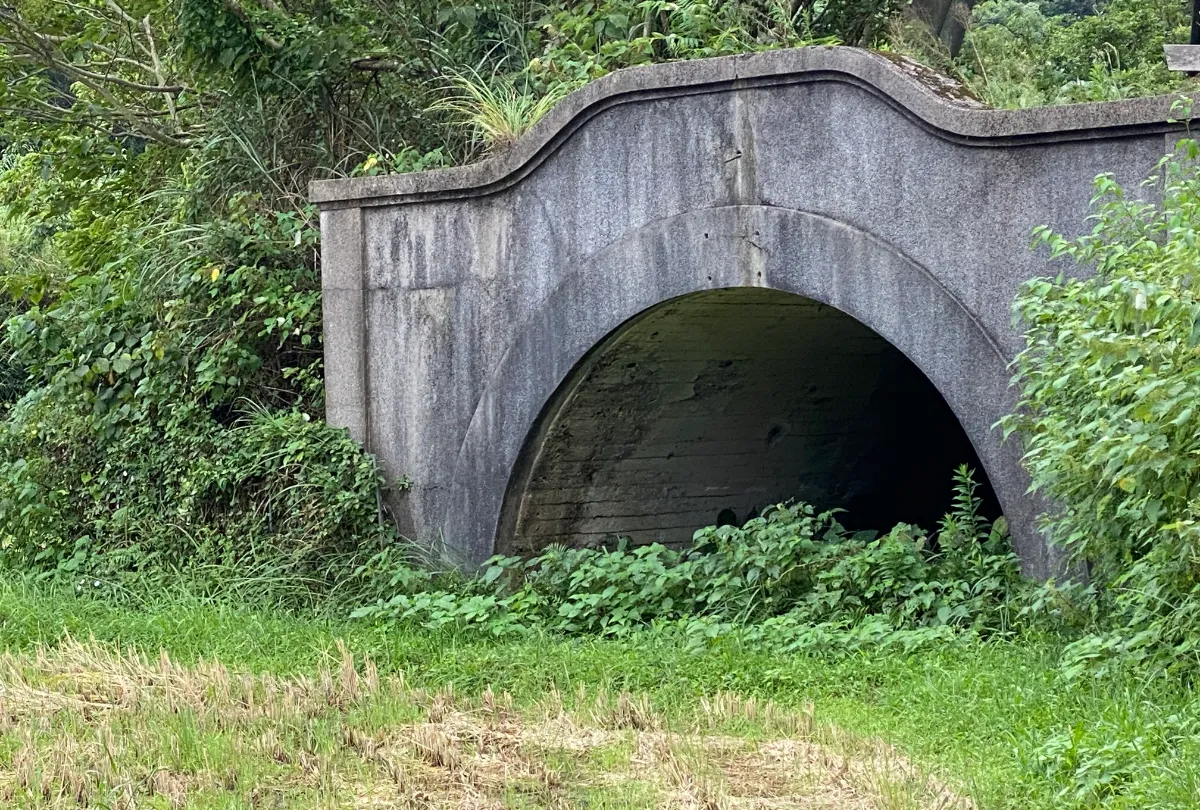
Educational Tour
The Coal Mine Ruins (Former Kishima Coal Mines Otsuru Mining Station 2nd Entrance) were a vital part of Karatsu's coal mining business. Part of this structure that can still be viewed today rests in Karatsu's countryside.
| Address: | Saga-ken, Karatsu-shi, Hizen-machi Umezaki 263 |
|---|
This is a coal mine facility structure that can be viewed even today.
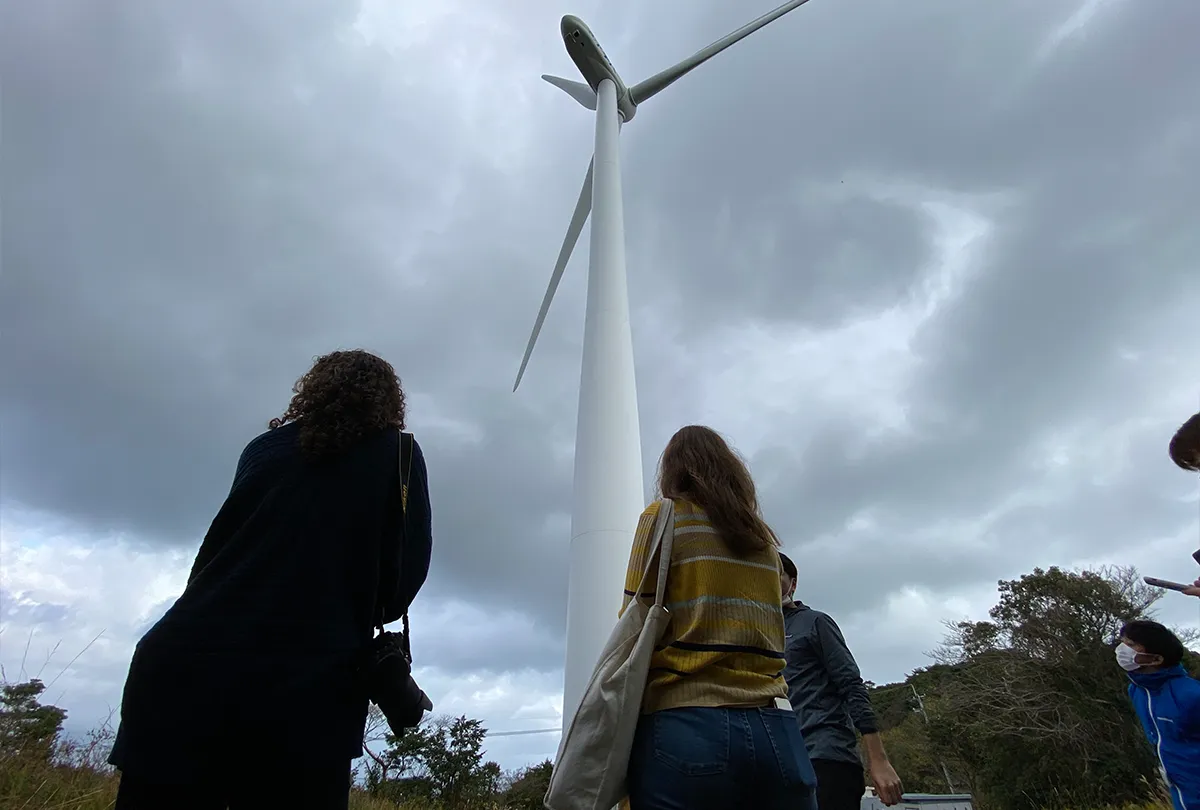
Educational Tour
Karatsu is blessed with strong winds. Minato Wind Power Plant was established on former farmland in Karatsu. The company contributes to the local community by giving a portion of the proceeds from the sale of electricity from these wind turbines back to support local agricultural preservation and other activities.
| Address: | Saga-ken, Karatsu-shi, Minato-cho |
|---|---|
| Open: | Weekdays 10:00-17:00 (Shizen Energy Co.) |
Designed to coexist with the local community, 1% of this power plant's revenues support local agriculture.
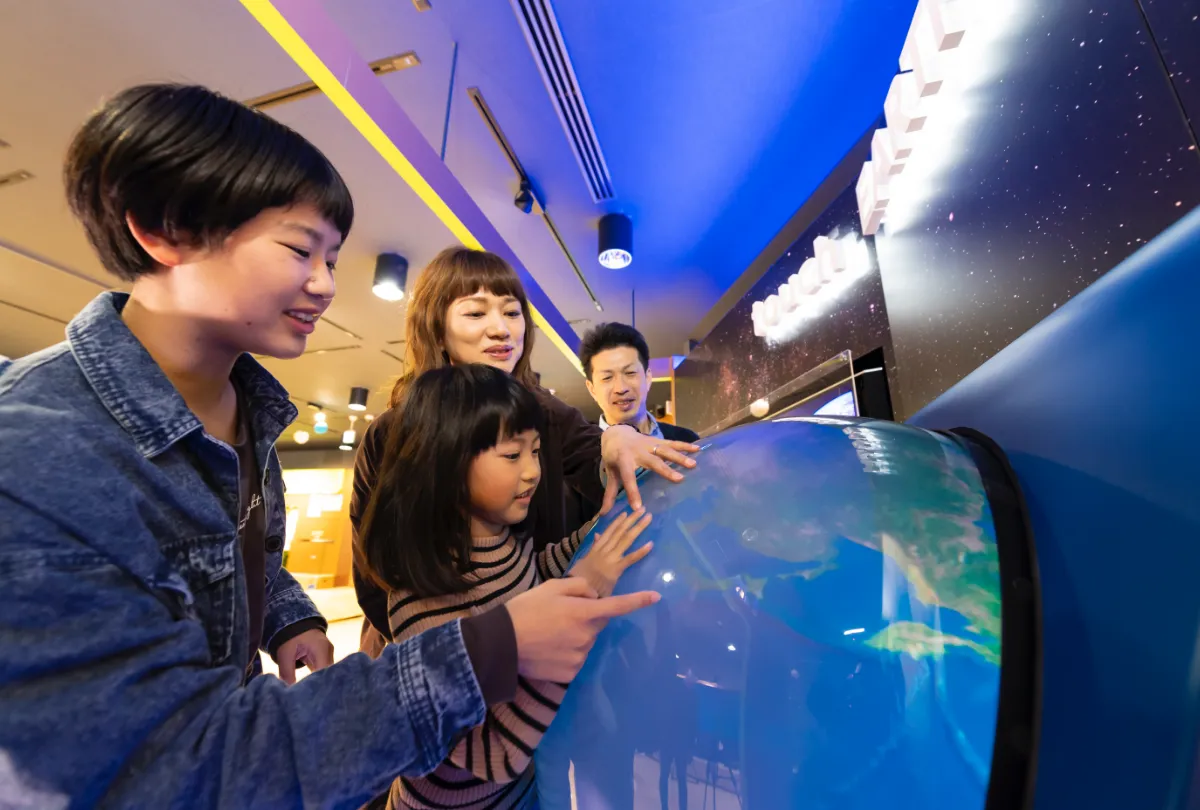
Educational Tour
"Asupia" is a combination of "earth" ("a-su" in Japanese) and "utopia", representing a place where you can learn through activities and dream of the future. At Asupia, you can think about the next generation of energy through play and activities. Genkai Energy Park, a theme park where adults and children alike can learn about Kyushu's energy from different angles, is also nearby.
| Address: | Saga-ken Higashi-matsuura-gun, Genkai-cho, Oaza Imamura 4560-1 |
|---|---|
| Open: | 9:00-17:00 |
| Closed: | 3rd Mon. (Tue. If Mon. is public holiday) / New Year's Holidays (12/29-1/2) |